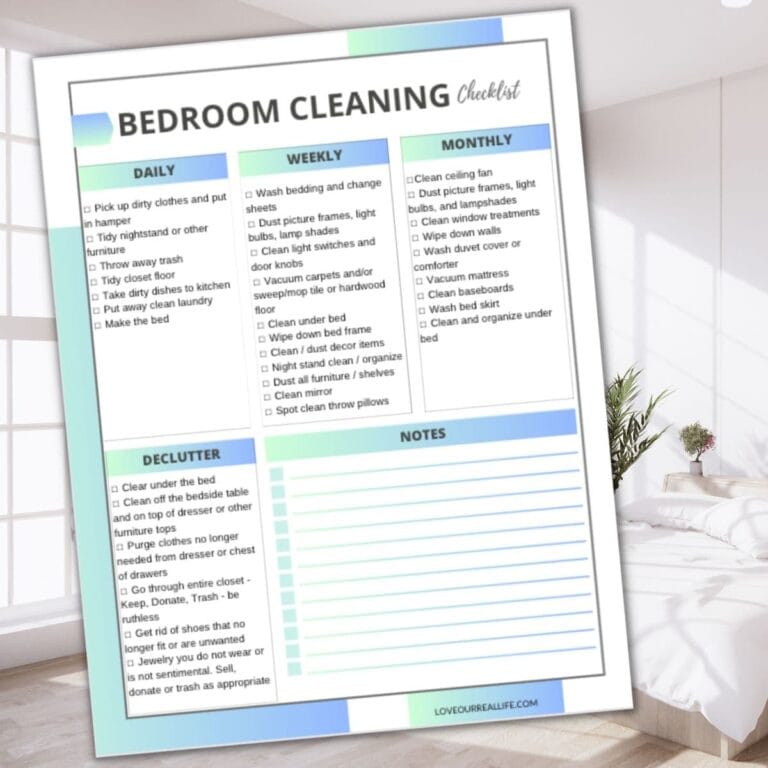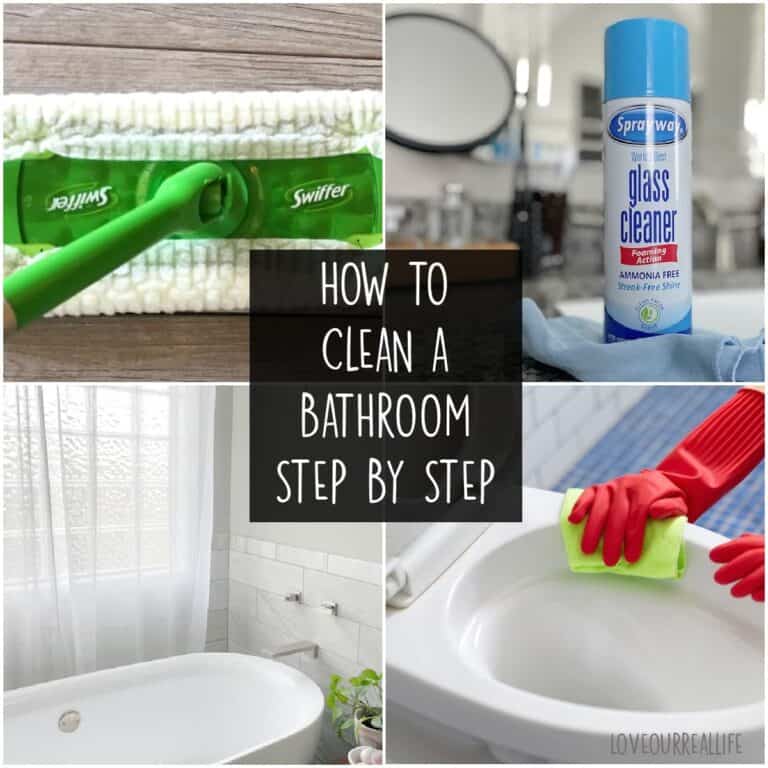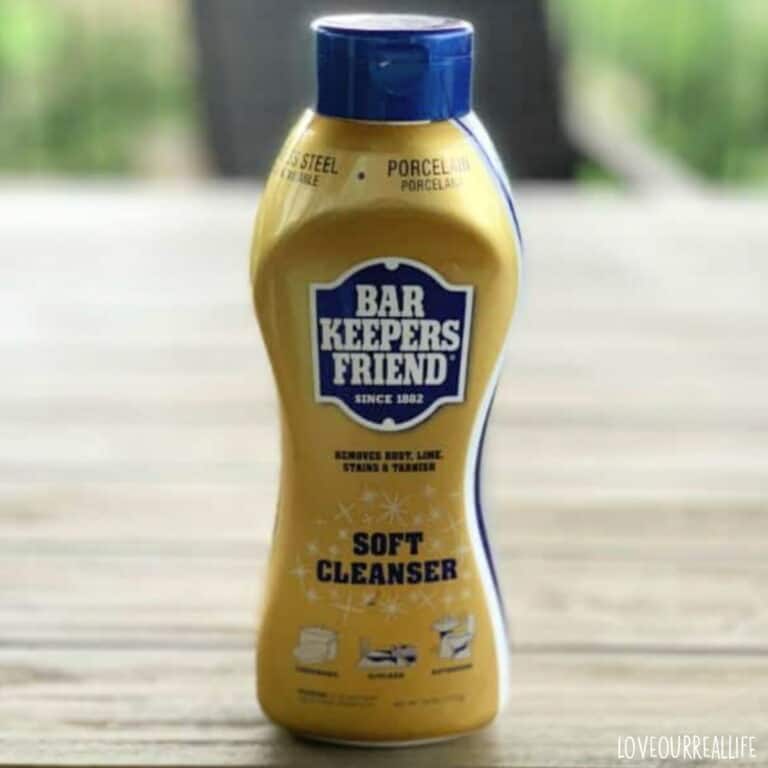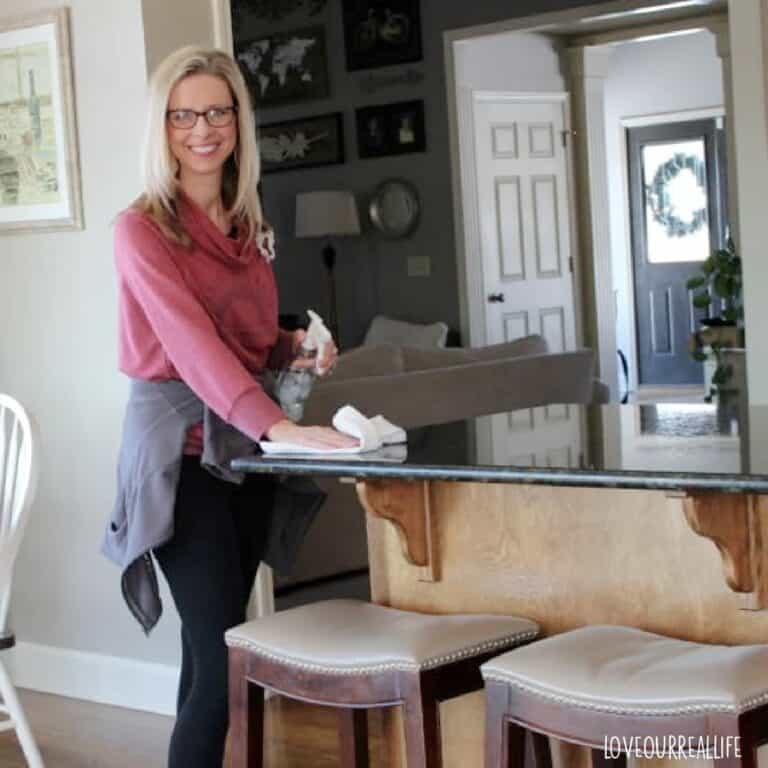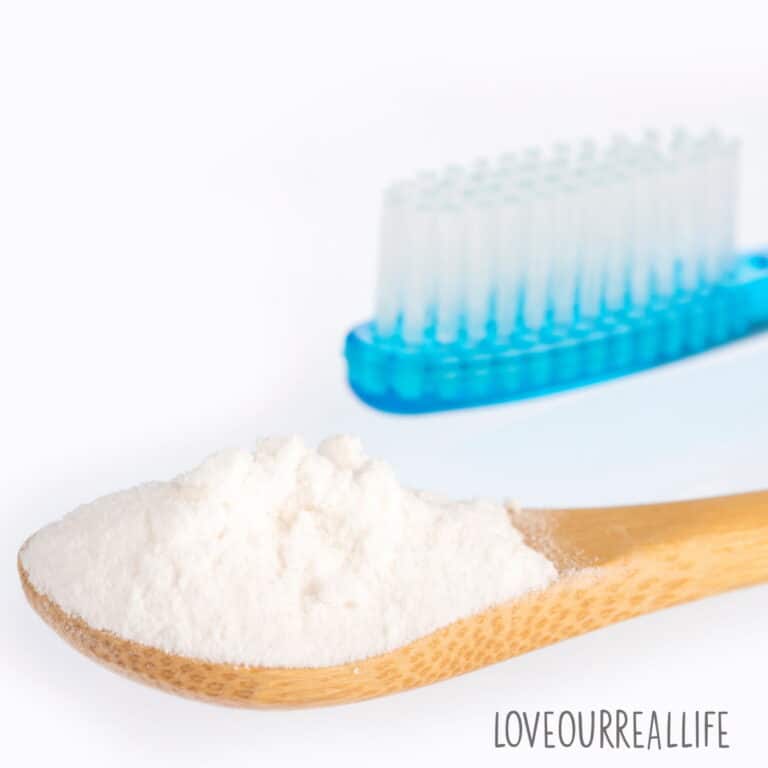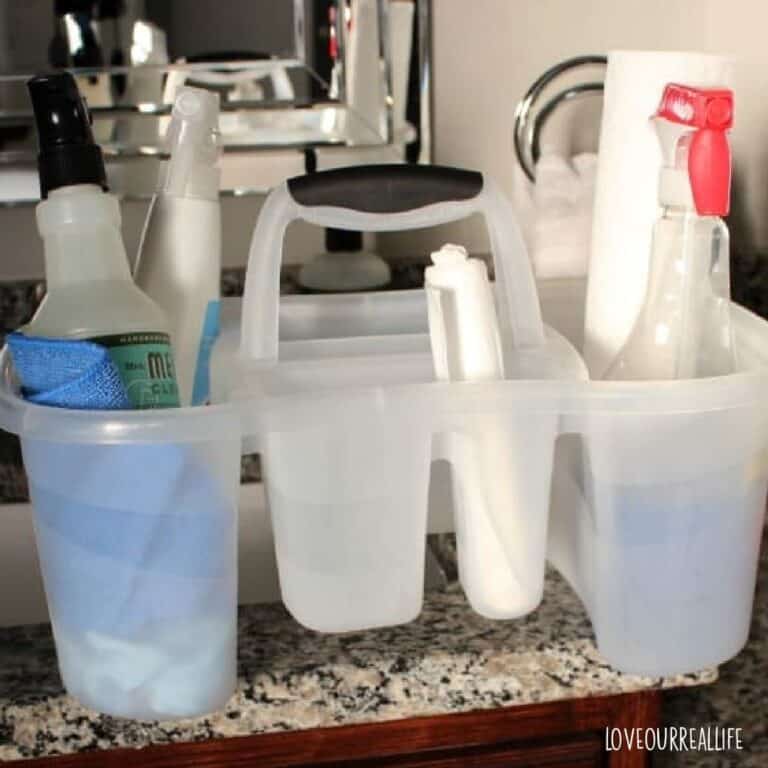How to Remove Scratches From Your Car Windshield (7 Tips)
The windshield is one of the most vulnerable parts of a car. It can be easily scratched by dirt and debris on the road. Thankfully, many less severe scratches can be fixed at home.
Here’s how to remove scratches in your windshield:
- Determine if it’s a scratch or a crack.
- Determine depth and severity of the scratch.
- Select a repair solution and gather appropriate supplies.
- Mark around the scratch for easier repair.
- Clean the glass.
- Apply the repair product.
- Clean the windshield after the repair product is dry.
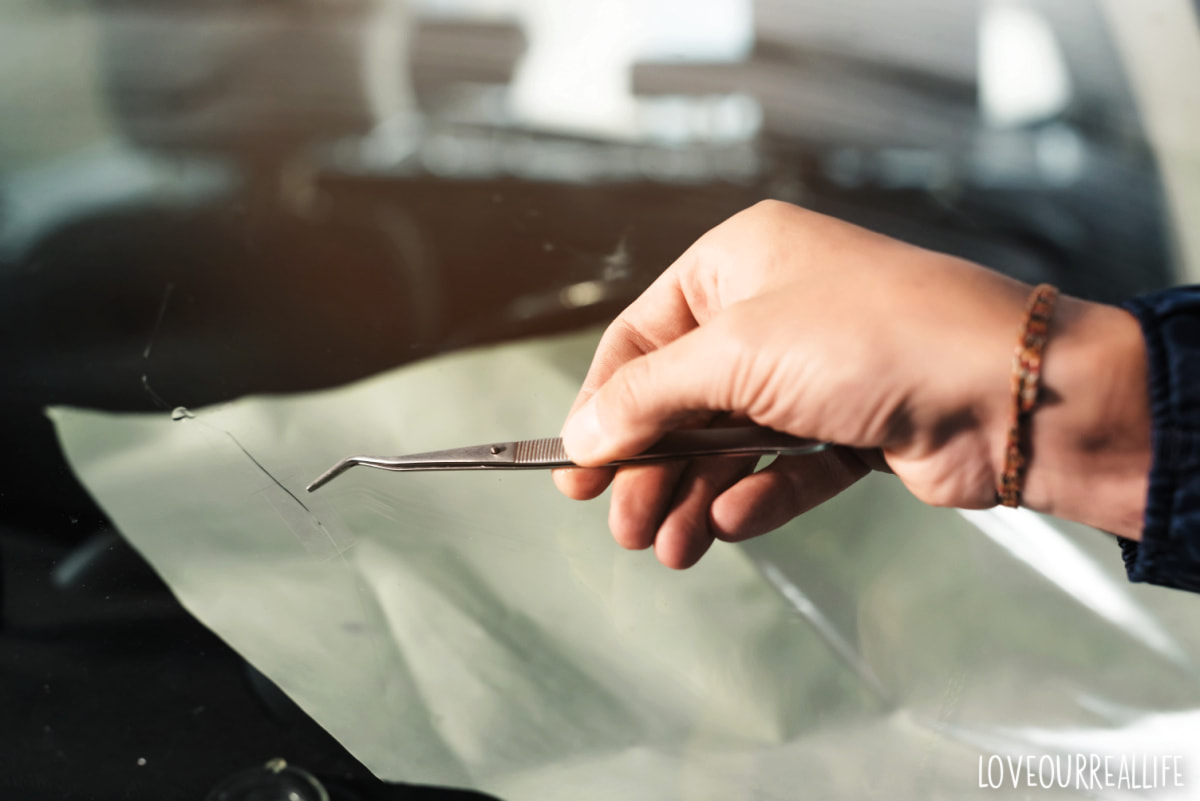
Get more cleaning ideas for the car and home here.
These steps/tips should help you repair scratches (mild to moderate) of your windshield at home.
1. Determine if It’s a Scratch or a Crack
There’s a difference between scratches and cracks. They’re caused by different mechanisms and require different repair methods. Furthermore, scratches are primarily aesthetic nuisances, while cracks can be safety hazards.
Scratches are primarily caused by lateral forces, an abrasive agent moving sideways. The abrasive agent might be a spec of sand, an exceptionally resilient insect exoskeleton, or a poorly selected washcloth.
Whatever the agent, while moving sideways, either scoops a small amount of glass off of the windshield or leaves some of itself behind.
Windshield cracks are usually caused by either impact, although they can be caused by heat or pressure. In the most likely case where a piece of debris hits the windshield, the energy from the impact is dissipated through cracking.
The difference is that cracks reduce the strength of the windshield, minor scratches don’t. Windshield cracks can negatively affect visibility while driving.
Cracks are generally deeper than scratches or a small chip, penetrating through one layer of glass surface down to the plastic sheet between them. Cracks are typically narrower and have smoother/” cleaner” edges than scratches.
There’s a quick test to determine whether you’re dealing with a scratch or a crack, the “fingernail test.” With an ungloved hand, run the tips of your fingernails over the affected area. If your fingernail catches, you’re probably dealing with a crack.
Unless it’s exceptionally severe, fine scratches should not be deep enough to catch your fingernail.
A cracked windshield should be repaired or replaced immediately with professional help. Cracks typically extend far beyond their visible extent, and even a hairline crack can greatly weaken your windshield.
2. Determine Depth and Severity of the Scratch
Deep scratches vs. light scratches.
The fingernail test is also useful to determine if you can fix a scratch yourself. A scratch deep enough to catch your fingernail probably requires professional attention.
A shallow scratch can be fixed with DIY methods while deeper scratches might need a professional approach including possible windshield replacement.
The best way to make this determination is to look at the damaged area in direct sunlight, as this will provide the greatest level of contrast, making windshield scratches more visible.
After determining the depth of the scratches, you can then select the most appropriate supplies.
3. Select a Repair Solution and Gather Appropriate Supplies
There are six possible repair solutions for fixing a scratched windshield at home. The procedure for using these solutions to repair mild to moderate scratches is essentially the same.
Jeweler’s Rouge
Jeweler’s Rouge is a polishing compound primarily used in the jewelry and lens making industry. It’s made of a very fine iron (III) oxide (Fe3O4) powder, usually mixed with a wax or grease-based binder.
Cerium Oxide Paste
Cerium (IV) Oxide (CeO2) paste, also called “optician’s rouge,” is another polishing compound that is gradually replacing jeweler’s Rouge in some applications and industries.
It’s commercially available as both a powder and a paste.
We recommend purchasing cerium oxide as a paste, as cerium oxide powder is potentially hazardous when inhaled.
If you choose to purchase cerium oxide powder, we recommend wearing a face mask or respirator (as well as rubber gloves) while working with it.
Cerium oxide is the most effective glass scratch remover. It serves as a polishing compound and chemically reacts with glass to serve as a filler.
Non-Gel White Toothpaste and Baking Soda
Most American households have at least one or both of these ingredients on hand.
When mixed together, they form a fairly effective polish. Baking soda, made of sodium bicarbonate (NaHCO3) powder, forms a gentle abrasive agent. Toothpaste serves as the binding agent-the paste.
If you choose this DIY solution, you want to choose a non-gel toothpaste without added coloring. This solution is best used on small scratches.
Glass Scrub Compound
If you don’t want to mix your windshield repair solution, you can purchase a commercially available glass scrub compound.
These typically consist of “finely-ground rare Earth elements” mixed with a binding agent of some kind. Cerium is a rare earth element.
Commercial glass scrub compounds also typically include leveling agents that enable them to fill the scratch more evenly.
Windshield Repair Kits
If you’re not overly confident in your DIY ability for your car’s windshield, you can purchase a windshield repair or glass repair kit. These kits typically include a polishing agent, usually cerium oxide or Jeweler’s Rouge, a filler compound, and basic tools.
Depending on the brand of repair kit you choose, it’ll likely contain one of the polishing agents mentioned above and a clear filler compound made of acrylic. And these will be sold at a significant markup.
Follow the instructions to complete the windshield scratch repair. It’s also important to note one should have realistic expectations with how the repair will look after it is complete. The scratch will still be visible, but the repair will hopefully prevent future spreading.
Clear Acrylic Nail Polish
Clean acrylic nail polish is available from cosmetics and superstores for under $5 and can be used to fix scratches on your windshield. You don’t need some fashionable expensive brand, either.
You could also buy clear acrylic auto glass scratch remover / acrylic scratch remover for considerably more money. Still, it’s basically just clear nail polish.
4. Mark Around the Scratch for Easier Repair
Using blue painter’s tape or a similar product, mark a box around the scratch affected area. That’ll help you focus your efforts and minimize the chances of “repairing” the wrong area as you are working with a small section.
You can also use a dry erase marker or wax pencil to market the affected area, but those may leave residue behind on your windshield.
5. Clean the Glass
Before using the repair product you’ve selected, you must thoroughly clean the glass ensuring the windshield is free of dust, grime, and debris.
Any commercially available glass spray cleaner will work. We recommend using a lint-free microfiber towel or cloth, soft cloth free of lint, or paper towels.
6. Apply the Repair Product
Once the glass in the taped-off area is sufficiently clean, you’re ready to apply your glass repair solution.
If you choose to use jeweler’s Rouge, cerium oxide, toothpaste and baking soda, or commercial glass scrub compound, all you really need is a clean microfiber cloth.
Optional materials include:
- Buffing pads
- Power drill
- Polishing wheel drill attachment
Here’s how to apply polishing agents to a scratched windshield:
Prepare the Agent
Jeweler’s Rouge, cerium oxide paste, and glass scrub compounds are usable straight out of the box. Non-gel white toothpaste and baking soda should be mixed in roughly equal amounts, and diluted with warm water to about the consistency of the original toothpaste. While powder-based agents can either be applied directly to the windshield or mixed with warm water to form a liquid with the consistency of milk.
Apply a Small Amount of the Agent to the Scratched Area
Rub the polishing agent with the microfiber cloth in a circular motion while applying even pressure. For a more professional touch, you can use a buffing pad or even a polishing wheel attachment for your power drill; if you have a power drill.
Rub in Circular Motions
If applying the polishing agent by hand, rub for 40 and 60 seconds. If you choose to use a power drill and polishing wheel attachment, you should only use it for a few seconds at a time to give the glass time to cool, then clean the area wiping off any excess polishing agentwith a damp clean microfiber cloth.
7. Clean the Windshield After the Repair Product Is Dry
If you used painter’s tape to mark off the formerly scratched area, peel the tape off. Apply your choice of glass cleaner, and wipe down the entire windshield with a clean microfiber cloth or paper towel.
Conclusion
Removing scratches from your car windshield doesn’t have to be a chore. Follow these tips and tricks to address any scratches you have and you’ll be on your way to an obstruction-free view with a fairly easy solution for the repair process.
How to Remove Scratches From Your Car Windshield (7 Tips)
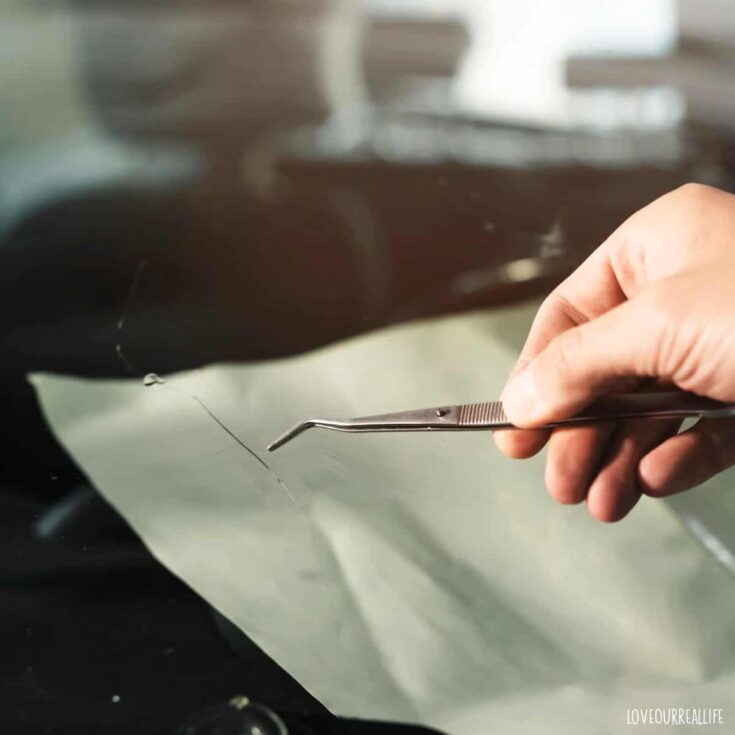
7 tips to remove scratches from car windshields.
Materials
- Repair solution
- Glass cleaner
- Soft cloth (lint free)
Tools
- Optional materials include buffing pads, power drill, polishing wheel drill attachment
Instructions
- Determine if it’s a scratch or a crack. Use ungloved hand, run tips of fingernails over damaged area. If fingernail catches, it is likely a crack. If dealing with a crack, you should consult with a professional to avoid weakening of the windshield.
- Determine depth and severity of the scratch. A scratch deep enough to catch a fingernail likely needs the attention of a professional.
- Select a repair solution and gather appropriate supplies. Solution options include:
• Jeweler's Rouge,
• Cerium Oxide Paste,
• Non-Gel White Toothpaste and baking soda,
• glass scrub compound, windshield repair kids,
• clear acrylic nail polish. - Mark around the scratch for easier repair. Using painter's tape, mark a box around scratch to minimize possibility of repairing the wrong area.
- Clean the glass. Use a lint free cloth to remove any dust, dirt, grime, or debris from windshield.
- Apply the repair product.
• Prepare the agent
• apply a small amount of the agent to the scratched area
• rub in circular motions. - Clean the windshield after the repair product is dry. Use a glass cleaner and microfiber cloth to clean entire windshield.
